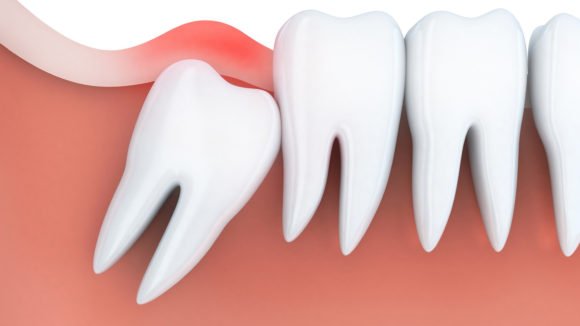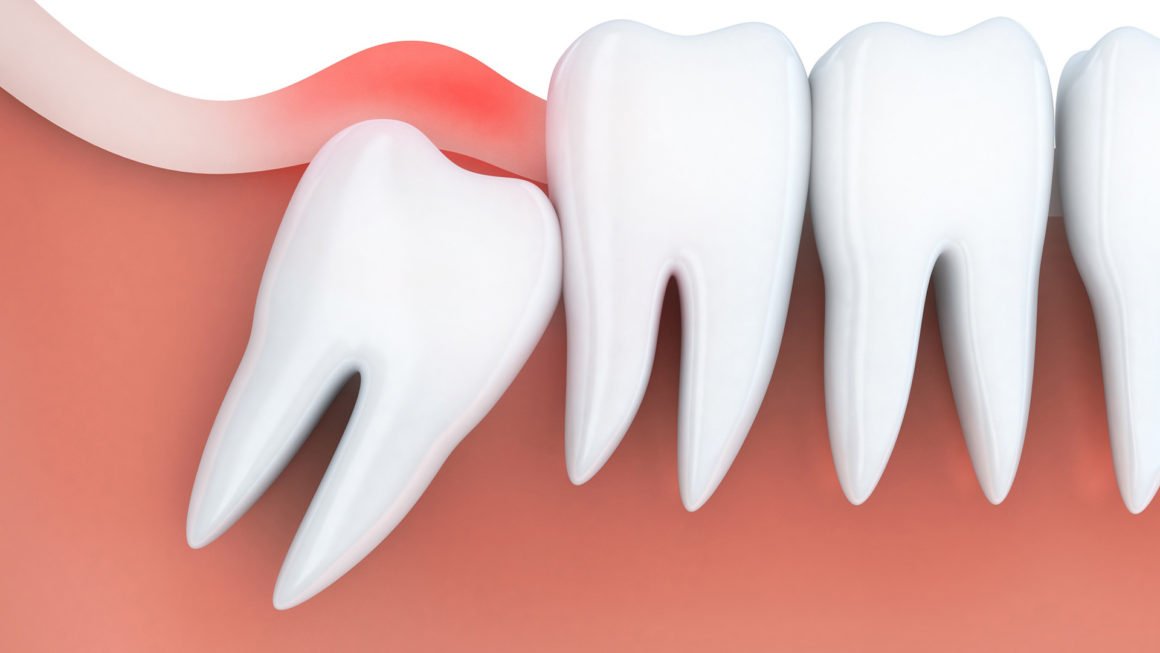
A dental extraction involves removing the tooth in its entirety. Where possible, Dentists will always try to save the tooth through fillings, root canal therapy, etc. However, in some instances saving the tooth is not an option. When teeth are damaged beyond repair, e.g. from extensive decay or periodontal disease (gum disease), the dentist will advise having the tooth removed. Other instances where extractions are required are as follows:
Wisdom Teeth Extractions:
If a wisdom tooth (also referred to as a third molar) emerges into the mouth perfectly and is healthy the dentist will not extract it. However, more often than not, wisdom teeth are impacted. This means the tooth is being blocked from emerging (erupting) into the mouth into its normal position. For example, the tooth can be stuck under bone, under the gums or blocked by a neighbouring tooth. Impacted wisdom teeth can cause several complications. When wisdom teeth are partially erupted (partly covered by gums) food and bacteria can accumulate resulting in an infection called pericoronitis. This infection can result in pain and swelling, and the dentist will advise removing the wisdom tooth. In other instances, poor alignment of the wisdom tooth can cause damage to the neighbouring teeth. For example, if a wisdom tooth comes in sideways (known as horizontal impaction) it can cause decay on the tooth in front of it. Come visit your Markham dentists to have your wisdom teeth examined.
Orthodontic Extractions:
If you have severe crowding, your orthodontist may advise the removal of teeth to create space for the remaining teeth to be aligned.
Baby Teeth (Deciduous Teeth) Extractions:
Normally permanent teeth (adult teeth) grow underneath baby teeth. Whilst growing, it breaks down the baby tooth, eventually resulting in loss of the baby tooth and the adult tooth erupting into its place. However, in some cases, the permanent tooth (adult tooth) will emerge in the mouth behind the baby tooth. In this case, the dentist will advise removing the baby tooth to allow the adult tooth to align into its proper place.

